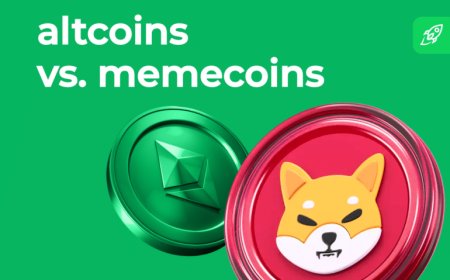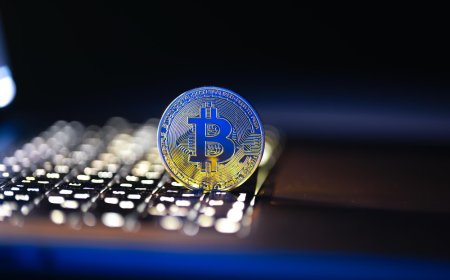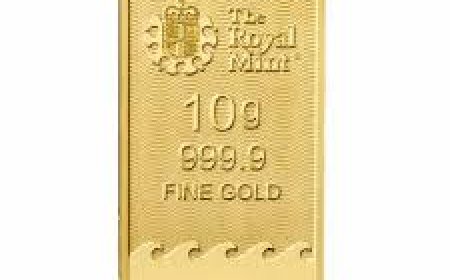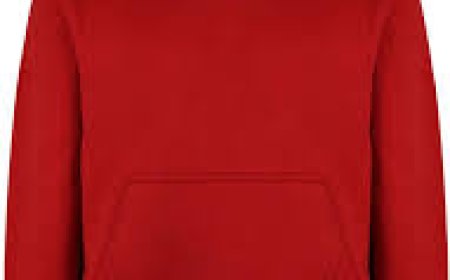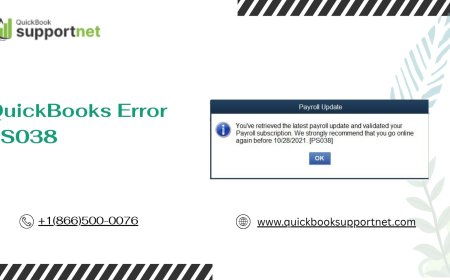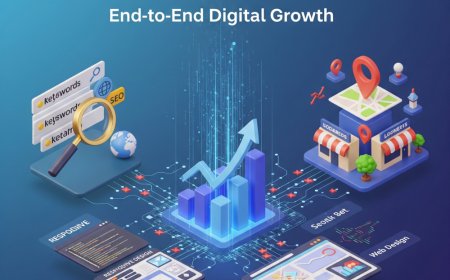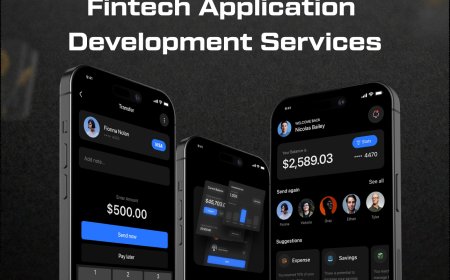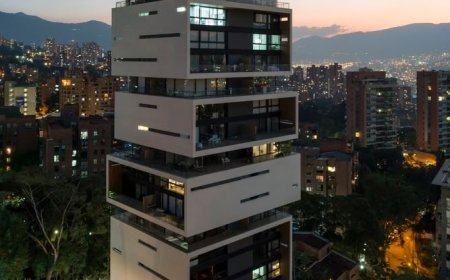Sustainable & Green Web Design Practices in Dubai

As the world shifts toward sustainability, businesses in Dubai are increasingly adopting eco-friendly practicesincluding in the digital space. Web design, often overlooked in environmental discussions, has a significant carbon footprint due to energy-intensive data centers, inefficient coding, and excessive media usage. Sustainable web design focuses on reducing energy consumption, optimizing performance, and minimizing environmental impact while maintaining a high-quality user experience.
Dubai, a global hub for innovation and sustainability, is leading the charge in green web design dubai. With initiatives like the Dubai Clean Energy Strategy 2050 and the UAEs Net Zero by 2050 pledge, businesses are aligning their digital strategies with environmental goals. This article explores sustainable web design practices that companies in Dubai can implement to create greener, more efficient websites.
Why Sustainable Web Design Matters
1. Reducing Digital Carbon Footprint
The internet accounts for nearly3.7% of global carbon emissionscomparable to the aviation industry. Websites rely on data centers, which consume massive amounts of electricity, often generated from fossil fuels. By optimizing web design, businesses can reduce energy consumption and lower their carbon footprint.
2. Improving User Experience & Performance
Sustainable websites load faster, consume less data, and perform better on all devices. This leads to higher engagement, lower bounce rates, and improved SEO rankingsbenefiting both the environment and business outcomes.
3. Aligning with Dubais Sustainability Goals
Dubais government encourages businesses to adopt sustainable practices. Green web design supports initiatives likeSmart Dubai 2025and theDubai Carbon Abatement Strategy, helping companies contribute to a greener economy.
Key Sustainable Web Design Practices
1. Optimized Images & Media
High-resolution images and videos significantly increase page load times and energy consumption. Sustainable practices include:
-
Compressing images(using tools like TinyPNG or WebP format)
-
Lazy loading(loading media only when visible on screen)
-
Using SVGs(scalable vector graphics for icons and logos)
2. Efficient Coding & Minimalist Design
Bloated code slows down websites and increases server load. Best practices include:
-
Minifying CSS, JavaScript, and HTML(removing unnecessary characters)
-
Reducing plugins and scripts(using only essential functionalities)
-
Adopting a minimalist design(fewer elements = faster loading)
3. Green Web Hosting
Traditional data centers consume vast amounts of energy. Businesses in Dubai can switch toeco-friendly hosting providersthat:
-
Userenewable energy(solar/wind-powered servers)
-
Implementcarbon offset programs
-
Optimize server efficiency (cooling systems, energy-saving hardware)
4. Dark Mode & Energy-Efficient UI
Dark mode reduces screen energy consumption, especially on OLED displays. Implementing adark mode optioncan lower power usage for users while enhancing aesthetics.
5. Sustainable UX/UI Practices
-
Reducing page weight(aim for under 1MB per page)
-
Improving navigation(fewer clicks = less energy used)
-
Prioritizing mobile-first design(Dubai has a high mobile internet usage rate)
6. Renewable Energy-Powered Development
Web design agencies in Dubai can adoptsolar-powered officesandenergy-efficient workstationsto reduce their operational carbon footprint.
7. Carbon Offset Programs
Companies can invest incarbon offset initiatives, such as tree-planting projects or renewable energy credits, to neutralize their websites emissions.
Case Studies: Dubais Green Web Initiatives
1. Dubai Electricity & Water Authority (DEWA) Website
DEWAs website is optimized for speed and efficiency, featuring:
-
Minimalist designwith fast-loading elements
-
Renewable energy hosting(aligned with Dubais solar initiatives)
-
Energy-saving UI(dark mode option)
2. Sustainable City Dubais Digital Presence
The Sustainable Citys website uses:
-
Low-impact animations(reducing CPU/GPU load)
-
Eco-friendly hosting(powered by green data centers)
-
Carbon-neutral web practices(offset through local sustainability projects)
Future of Green Web Design in Dubai
With Dubais commitment to sustainability, the future of web design will include:
-
AI-driven optimization(automated energy-efficient coding)
-
Blockchain for transparency(tracking carbon footprint of websites)
-
More green hosting solutions(expansion of solar-powered data centers)
Conclusion
Sustainable web design is no longer optionalits a necessity for businesses in Dubai aiming to reduce their environmental impact while improving performance. By adopting green hosting, optimizing media, and streamlining code, companies can create faster, more efficient websites that align with Dubais vision for a sustainable future.
As the digital landscape evolves, integrating eco-friendly practices into web design will become a competitive advantage, helping businesses meet regulatory requirements, enhance user experience, and contribute to a greener planet.






